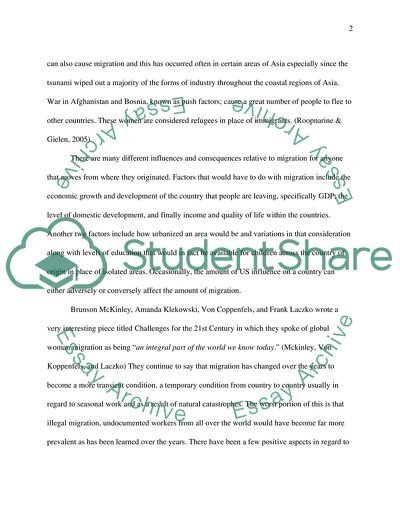Cite this document
(FAMILIES IN GLOBAL CONTEXT Coursework Example | Topics and Well Written Essays - 2500 words, n.d.)
FAMILIES IN GLOBAL CONTEXT Coursework Example | Topics and Well Written Essays - 2500 words. https://studentshare.org/social-science/1715686-families-in-global-context
FAMILIES IN GLOBAL CONTEXT Coursework Example | Topics and Well Written Essays - 2500 words. https://studentshare.org/social-science/1715686-families-in-global-context
(FAMILIES IN GLOBAL CONTEXT Coursework Example | Topics and Well Written Essays - 2500 Words)
FAMILIES IN GLOBAL CONTEXT Coursework Example | Topics and Well Written Essays - 2500 Words. https://studentshare.org/social-science/1715686-families-in-global-context.
FAMILIES IN GLOBAL CONTEXT Coursework Example | Topics and Well Written Essays - 2500 Words. https://studentshare.org/social-science/1715686-families-in-global-context.
“FAMILIES IN GLOBAL CONTEXT Coursework Example | Topics and Well Written Essays - 2500 Words”. https://studentshare.org/social-science/1715686-families-in-global-context.


